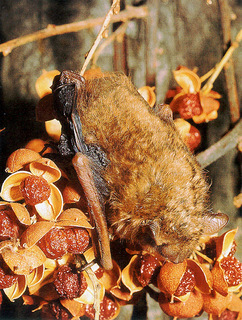Wytheville Community College
Wytheville, Virginia 24382
 © Copyright Roger Barbour. All rights reserved. ipistrellus subflavus -- Eastern Pipistrelle Bat |
| Pipistrellus subflavus (F. Cuvier) |
 © Copyright Roger Barbour. All rights reserved. ipistrellus subflavus -- Eastern Pipistrelle Bat |
| Discover Life | All Living Things | IDnature guides | Mammalia | Vespertilionidae | Pipistrellus subflavus |
| Index |
| Index |
| Taxonomic Category | Scientific Name | Common Name |
| Phylum | Chordata | Chordates |
| Class | Mammalia | Mammals |
| Order | Chiroptera | Bats |
| Family | Vespertilionidae | Bats |
| Index |
| Index |
| Index |
| Index |
| Index |
| Index |
| Discover Life | All Living Things | IDnature guides | Mammalia | Vespertilionidae | Pipistrellus subflavus |